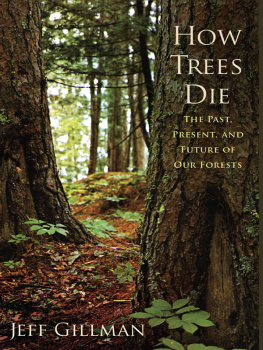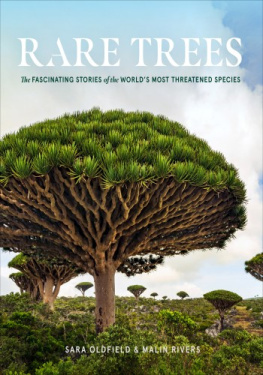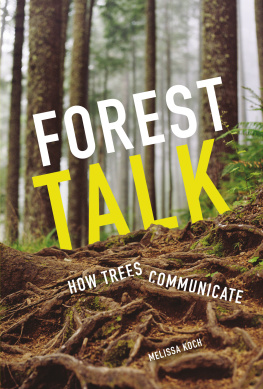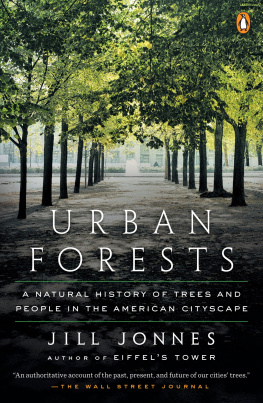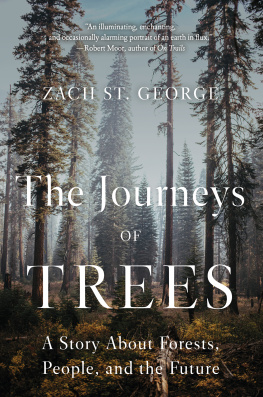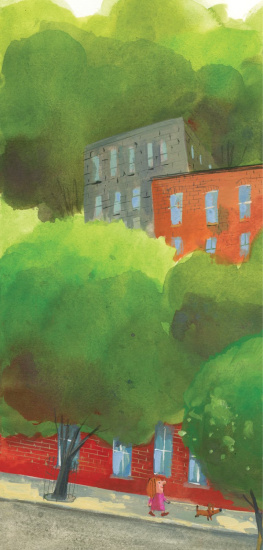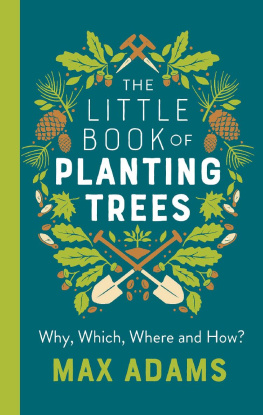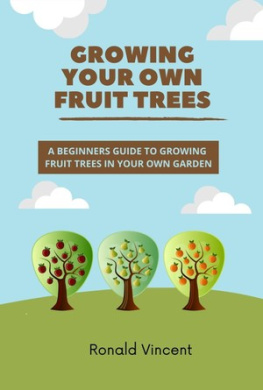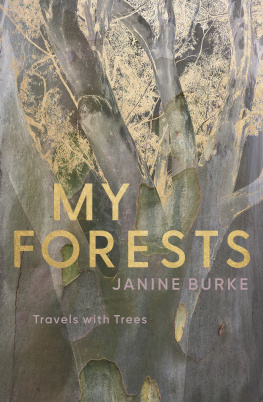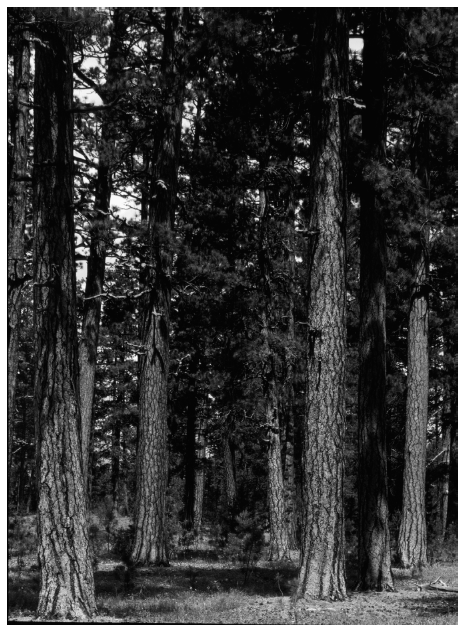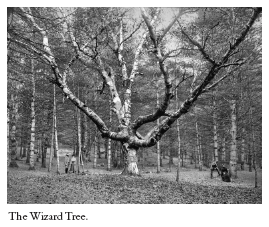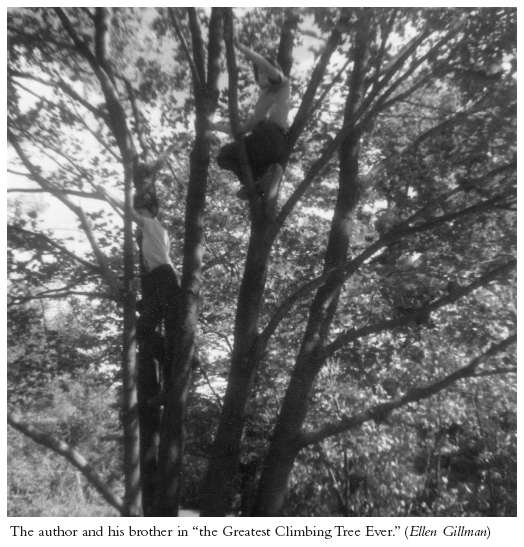Jeff Gillman - How Trees Die: The Past, Present, and Future of our Forests
Here you can read online Jeff Gillman - How Trees Die: The Past, Present, and Future of our Forests full text of the book (entire story) in english for free. Download pdf and epub, get meaning, cover and reviews about this ebook. year: 2015, publisher: Westholme Publishing, genre: Religion. Description of the work, (preface) as well as reviews are available. Best literature library LitArk.com created for fans of good reading and offers a wide selection of genres:
Romance novel
Science fiction
Adventure
Detective
Science
History
Home and family
Prose
Art
Politics
Computer
Non-fiction
Religion
Business
Children
Humor
Choose a favorite category and find really read worthwhile books. Enjoy immersion in the world of imagination, feel the emotions of the characters or learn something new for yourself, make an fascinating discovery.
- Book:How Trees Die: The Past, Present, and Future of our Forests
- Author:
- Publisher:Westholme Publishing
- Genre:
- Year:2015
- Rating:3 / 5
- Favourites:Add to favourites
- Your mark:
How Trees Die: The Past, Present, and Future of our Forests: summary, description and annotation
We offer to read an annotation, description, summary or preface (depends on what the author of the book "How Trees Die: The Past, Present, and Future of our Forests" wrote himself). If you haven't found the necessary information about the book — write in the comments, we will try to find it.
Lessons About Our Environment from the Worlds Oldest Living Things
Trees have been essential to the success of human beings, providing food, shelter, warmth, transportation, and products (consider the paper you are holding). Trees are also necessary for a healthy atmosphere, literally connecting the earth with the sky. Once in wild abundance the entire eastern North America was a gigantic forestthey have receded as we have clearcut the landscape in favor of building cities and farms, using up and abusing our forests in the process. Over the centuries, we have trained food trees, such as peach and apple trees, to produce more and better fruit at the expense of their lives. As Jeff Gillman, a specialist in the production and care of trees, explains in his acclaimed work, How Trees Die: The Past, Present, and Future of Our Forests, the death of a tree is as important to understanding our environment as how it lives. While not as readily apparent as other forms of domestication, our ancient and intimate relationship with trees has caused their lives to be inseparably entwined with ours. The environment we have createdwhat we put into the air and into the water, and how we change the land through farming, construction, irrigation, and highwaysaffects the worlds entire population of trees, while the lives of the trees under our direct care in farms, orchards, or along a city boulevard depend almost entirely on our actions. Taking the reader on a fascinating journey through time and place, the author explains how we kill trees, often for profit, but also unintentionally with kindness through overwatering or overmulching, and sometimes simply by our movements around the globe, carrying foreign insects or disease. No matter how a trees life ends, though, understanding the reason is essential to understanding the future of our environment.
Jeff Gillman: author's other books
Who wrote How Trees Die: The Past, Present, and Future of our Forests? Find out the surname, the name of the author of the book and a list of all author's works by series.

